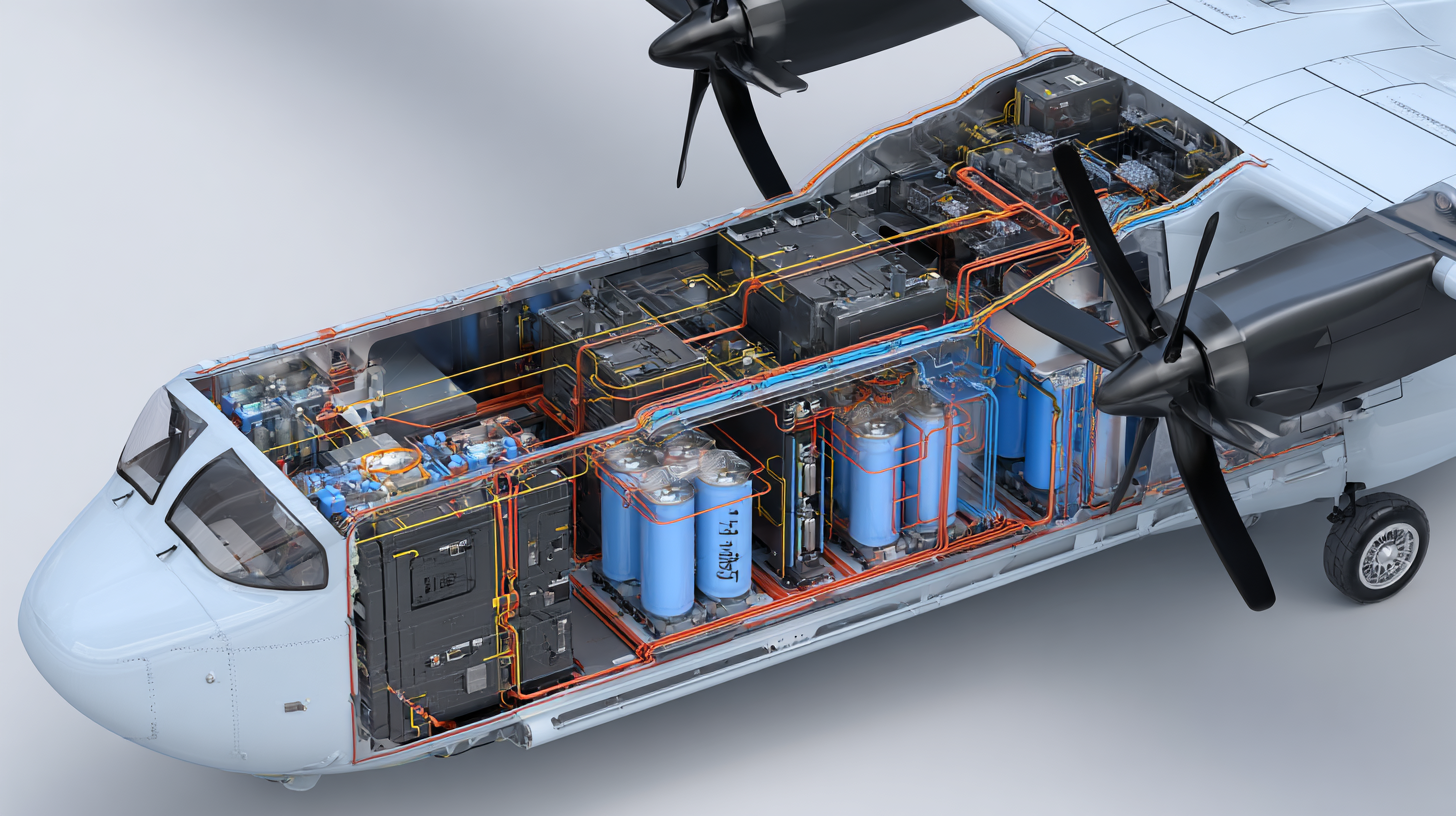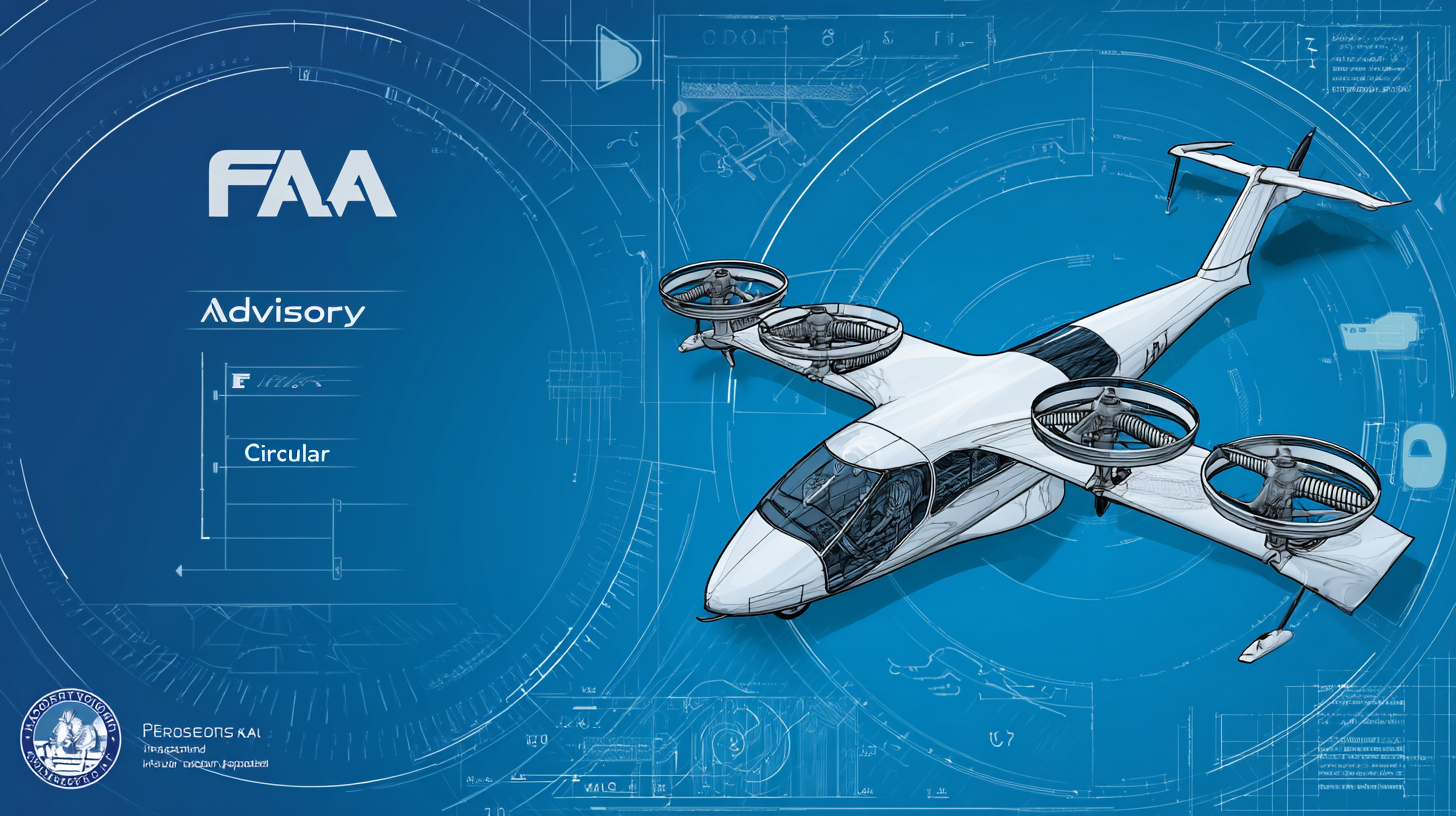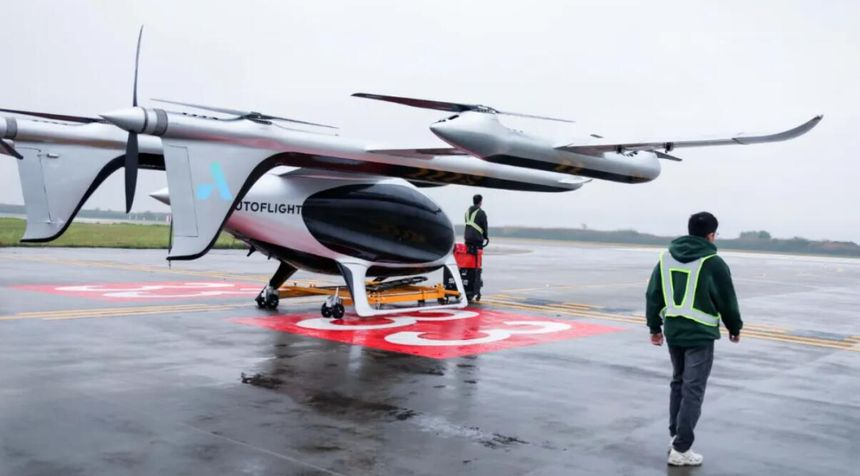On July 18, 2025, the Federal Aviation Administration (FAA) quietly released its long-anticipated Advisory Circular (AC) detailing certification guidance for powered-lift aircraft. This marks the first comprehensive certification framework for a new civil aircraft category since helicopters were introduced nearly 80 years ago. The new AC advisory circular provides a baseline for manufacturers pursuing type, production, and airworthiness certification of powered-lift vehicles, such as electric vertical takeoff and landing (eVTOL) aircraft.
BusinessAviation.aero: eVTOL News & Low-Altitude Economy Insights

The transformation of Shenzhen from a fishing village to China's technology capital has been well documented, but its latest shape shift into a significant force in the global low-altitude economy represents a major development in urban mobility. While cities across the globe work to understand and adapt China's integrated approach to three-dimensional urban mobility, Shenzhen's Qianhai special economic zone has established a leading position in demonstrating how strategic policy innovation, industrial clustering, and cross-border integration can accelerate the commercialization of low-altitude technologies.

The low-altitude economy, encompassing economic activities within airspace below 1,000 meters and extending to 3,000 meters when operationally necessary, achieved significant milestones during Q2 2025 (April-June). This rapidly maturing industry, driven by cargo delivery, urban air taxi services, and medical transport applications, witnessed substantial progress in regulatory certification, manufacturing acceleration, and commercial partnerships across global markets.

The eVTOL industry has reached a point where commercial viability hinges primarily on power generation systems rather than aerodynamic configurations. Although industry discourse frequently centers on the merits of multirotor versus lift+cruise designs, the true competitive advantage emerges from an aircraft's efficiency in generating, managing, and distributing power across its entire operational spectrum.

On June 17, 2025, aviation regulators from five countries released a roadmap that could determine whether urban air mobility succeeds or fails. The National Aviation Authorities Network, comprising the US FAA, the UK CAA, Australia's CASA, Transport Canada, and New Zealand's CAA, has published its "Roadmap for Advanced Air Mobility Aircraft Type Certification." This matters because the low-altitude economy faces a critical bottleneck. Electric vertical takeoff and landing aircraft don't fit neatly into existing rules designed for helicopters and airplanes. The result? Every Western eVTOL company missed its 2024 certification targets.

As Advanced Air Mobility transitions from prototype demonstrations to commercial operations, staying current with essential publications becomes crucial for enthusiasts, students, and professionals seeking to understand the technical foundations, market dynamics, and operational challenges ahead in the Low Altitude Economy.
.jpeg)
Aerofugia, the electric vertical takeoff and landing (eVTOL) subsidiary of Chinese automotive giant Geely, has secured a key Certificate of Airworthiness (CCAR-135) from the Civil Aviation Administration of China (CAAC). This certification makes Aerofugia the first eVTOL manufacturer in China authorized to conduct short-distance passenger flights with a 1-9-seat piloted aircraft. This achievement marks a significant milestone in transitioning from prototype development to commercial eVTOL operations.

China dominates the unmanned aerial systems market in the United States with its cost-effective, high-performance drones. However, the entry of manned eVTOLs, passenger-carrying aircraft like EHang’s EH216-S, into the U.S. market is stymied by a complex array of regulatory recognition, high tariffs, geopolitical tensions, and concerns about national security.

On May 15, 2025, Horizon Aircraft achieved a historic milestone in eVTOL aviation technology. Its Cavorite X7 became the world's first eVTOL aircraft to successfully complete a stable wing-borne flight transition using a novel fan-in-wing design, effectively bridging conventional aircraft capabilities with helicopter-like versatility. Unlike competing designs that rely on complex tilt-rotor mechanisms or multiple exposed rotors, the Cavorite X7's innovative approach embeds fans within the wings themselves, creating a system that promises greater efficiency, extended range, and enhanced safety compared to other air mobility solutions currently in development.

The skies above our cities are on the verge of a major transformation. For centuries, the space between our buildings and the cruising altitude of commercial aircraft has mainly remained untapped, a vast aerial frontier awaiting human innovation. This is rapidly changing as the low-altitude economy emerges as one of the most dynamic and promising sectors of global technological development.

TCab Tech, founded in Shanghai in 2021 by Yon Wui Ng and a team of aerospace engineers, has quickly established itself as a leader in China’s advanced air mobility sector. The company’s mission, reflected in its name “Time Taxi,” is to provide zero-emission, time-saving aerial transportation for urban environments. TCab Tech’s flagship project, the E20 eVTOL aircraft, is at the heart of its recent industry prominence and investment surge.
- The Ultimate Guide to Chartering International: Everything You Need to Know About Flying Private Internationally. 2025 Edition
- Gulfstream G800 Wins FAA and EASA Certification
- Archer Aviation and United Airlines Unveils Planned New York Air Taxi Network
- Strategic Selection of Business Aircraft for Optimal Mission Performance
- Top eVTOL Stocks to Watch in 2025: Investment Opportunities in Urban Air Mobility
- Most Efficient Business Jets by Operating Cost (2025 Update)
- Osaka Metro opens Osaka Expo 2025 vertiport to host SkyDrive eVTOL test flights
- Ehang receives Air Operator Certificates for its EH216-S
- XTI Aerospace's TriFan 600: VTOL Aircraft VTOL Progresses Towards FAA Certification
- Navigating the Pitfalls of Business Aircraft Charter: Essential Guide to Charter Flight Pitfalls and How to Avoid Them

